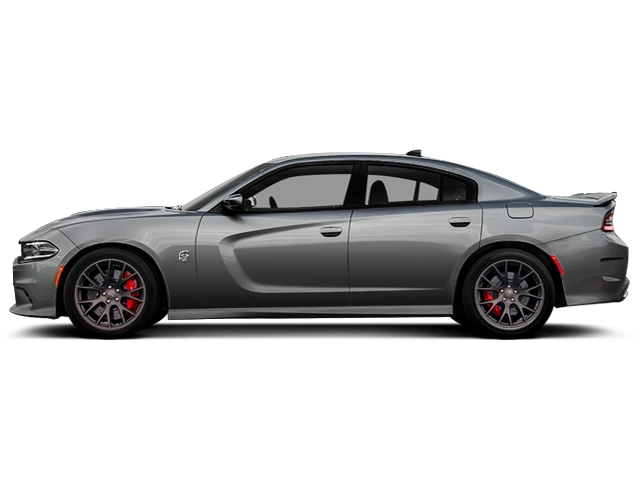2018 Dodge Charger Owner's Manual

Table of Contents
2018 Dodge Charger Overview
Introduction
The 2018 Dodge Charger stands as a bold and powerful contender in the realm of full-size sedans, seamlessly blending agility with muscle-car styling. With its aggressive stance and iconic split grille, the Charger commands attention on the road, making it a desirable choice for those who crave performance and presence. This model year showcases a perfect union of performance engineering, cutting-edge technology, and comfort, appealing to driving enthusiasts and families alike.
Powertrains
The 2018 Charger tantalizes with its diverse range of powertrains, starting with a robust 3.6-liter V6 engine producing 292 horsepower, perfect for day-to-day driving. For those seeking additional excitement, the Charger offers two thrilling V8 options: a 5.7-liter HEMI V8, delivering 370 horsepower, and the high-performance 6.4-liter HEMI V8 found in the Charger Scat Pack, which cranks out an exhilarating 485 horsepower. Finally, the Charger SRT Hellcat dominates with a supercharged 6.2-liter HEMI V8, unleashing a staggering 707 horsepower, ensuring it's one of the most powerful sedans on the market.
Trims
The 2018 Charger is available in multiple trims, each tailored to enhance the driving experience. Starting with the base SE, the lineup includes the SXT, R/T, Scat Pack, and the ultimate SRT Hellcat. Each trim offers unique features and performance enhancements, allowing buyers to find their ideal balance of comfort, style, and power.
Features
This model year boasts an array of advanced features, including the Uconnect infotainment system, which allows for seamless connectivity with both Apple CarPlay and Android Auto. Safety is paramount with options such as Forward Collision Warning, Blind Spot Monitoring, and adaptive cruise control. Additionally, premium audio systems and luxurious interior materials contribute to an exhilarating driving atmosphere.
Owner’s Manual
The 2018 Dodge Charger Owner's Manual serves as an essential guide for owners, detailing operational instructions, maintenance recommendations, and safety guidelines. It provides crucial information on how to maximize the performance and longevity of the vehicle, ensuring owners are well-equipped to care for their powerful sedan throughout its lifecycle.
User manual download
The Dodge Charger owner manual for the 2018 model year is to be found in PDF downloadable format on this page. The owner manual for the model year 2018 is free and in English, but the repair manuals are usually not easy to get and may cost more.
Manual Questions
Fill the form below and someone will help you!

